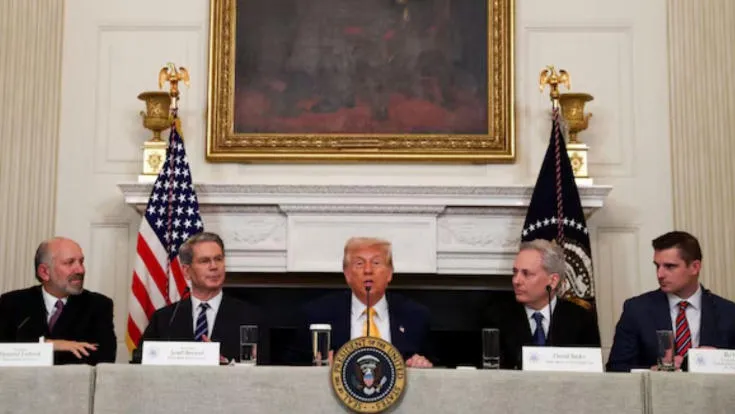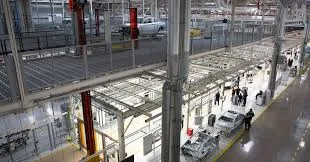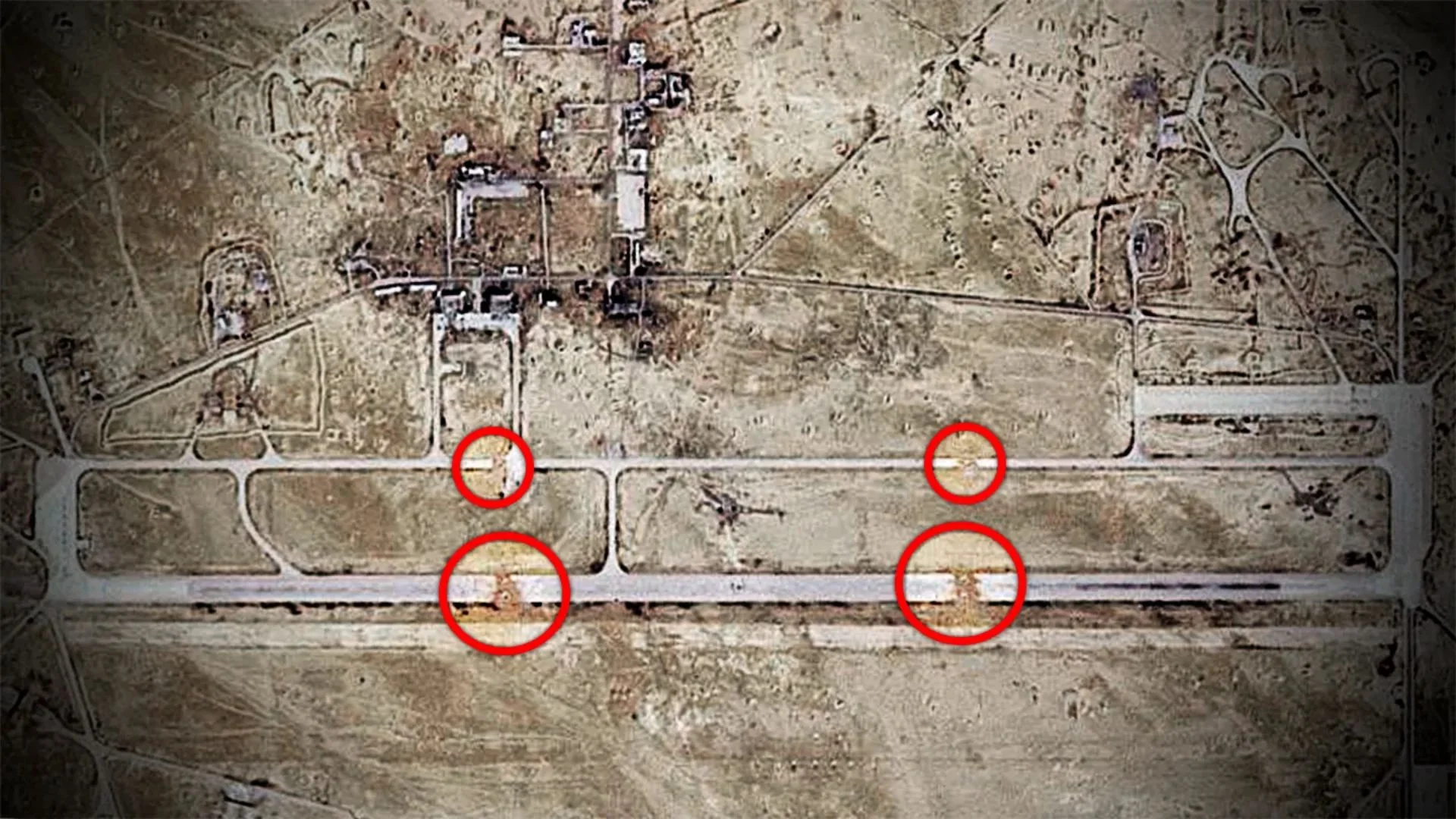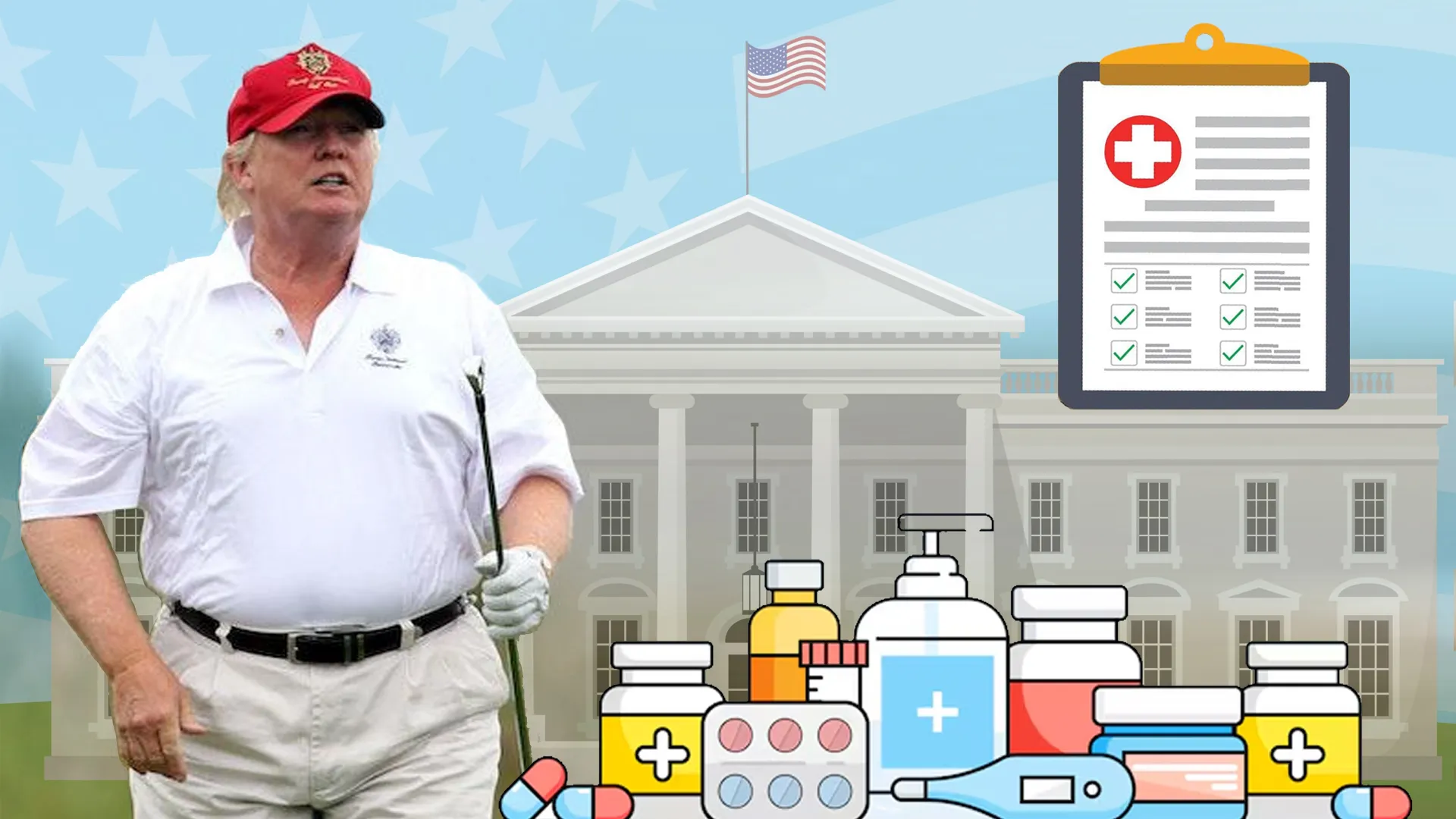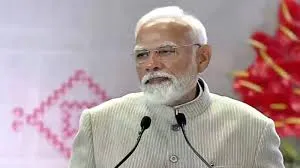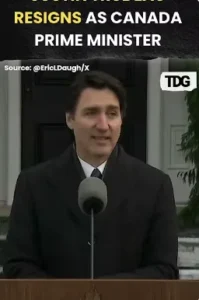President Donald Trump will announce a major set of tariffs on April 2, calling it America’s “Liberation Day.” This plan will impose “reciprocal tariffs” on countries with high tariffs on U.S. goods or trade practices the White House considers unfair.
Focus on Trade Imbalances
Though details are scarce, the administration is targeting specific countries more than others. Trump has long criticized global trade policies, arguing that they let other nations exploit the U.S. “You’d start with all countries, so let’s see what happens,” Trump stated. He also pointed out that there’s no predetermined limit to the number of nations affected.
The main targets will likely be those with significant trade imbalances with the U.S., according to U.S. Treasury Secretary Scott Bessent. He described these countries as the “Dirty 15,” which impose high tariffs and trade barriers on U.S. goods.
The ‘Dirty 15’ Nations
The U.S. trade deficit data from 2024 reveals that the U.S. has the largest goods trade deficits with China, the European Union, and Mexico. Other countries like Taiwan, Japan, and India will likely be among the hardest hit. The U.S. Trade Representative (USTR) has also highlighted 21 countries for unfair trade practices, making them the main targets for future scrutiny.
Global Reactions and Countermeasures
The tariff announcement has already sparked reactions from key trading partners. Canada and China have indicated they will retaliate with tariffs of their own. Meanwhile, the European Union has said it will introduce countermeasures by mid-April. Christine Lagarde, President of the European Central Bank, commented, “He calls it ‘Liberation Day’ in the United States. I see it as a moment when we must collectively decide to take greater control of our destiny.”
India has also begun discussions to reduce certain tariffs in order to limit the damage. Mexico and South Korea are weighing their options in response.
What Will the Tariffs Target?
The new tariffs will differ by country and industry. Previous tariffs have already targeted steel, aluminum, and Chinese goods, as well as the automobile sector. The new measures could affect sectors such as pharmaceuticals, semiconductors, and automobiles. Auto tariffs are expected to rise, with new levies on foreign cars and parts starting April 4. Each country’s tariff rate will depend on its existing trade practices. Nations with higher tariffs on U.S. goods will likely face the steepest penalties.
Concerns Among Businesses
Some industries, such as steel manufacturers and labor unions, support the tariffs, viewing them as a way to protect American jobs. However, others, particularly the automotive industry, are concerned about rising costs and supply chain disruptions. The American Automotive Policy Council, representing major U.S. automakers, warned that higher tariffs could drive up vehicle prices and harm production. Economist Arthur Laffer noted that a 25% auto tariff could significantly increase U.S. vehicle costs and disrupt supply chains.
Agricultural producers are also worried about retaliatory tariffs that could affect U.S. exports. The International Fresh Produce Association warned that these tariffs could destabilize American farmers and agribusinesses.
Economists argue that trade deficits aren’t inherently harmful and that the U.S. should pursue strategies to lower foreign trade barriers. The U.S. Chamber of Commerce maintains that convincing other countries to reduce tariffs would be a more effective solution than imposing reciprocal duties.
Why Target the ‘Dirty 15’?
Trump’s push to eliminate trade deficits is a key part of his 2024 campaign. Initially, he considered imposing tariffs on all U.S. imports. However, legal and logistical challenges made this plan unfeasible. White House officials decided to focus on a smaller group of trade partners, leading to the “Dirty 15” strategy.
Foreign governments are now preparing for the impact of these tariffs. Some are seeking exemptions, while the European Union has postponed its retaliatory measures, indicating that diplomacy may still influence the final outcome. China is expected to respond strongly, as it has previously countered Trump’s trade policies with its own tariffs on American goods.

